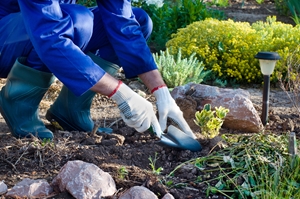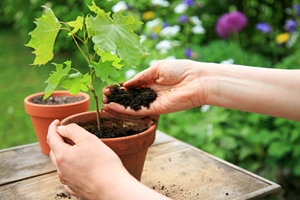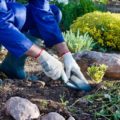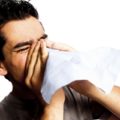
Spring is finally here, and along with it comes gardening season. If you are an avid gardener, spring season is your reawakening for days spent outside, knees in the dirt and face turned toward the sun.
According to the American Academy of Allergy Asthma and Immunology, those suffering from allergic rhinitis (hay fever) may have a harder time in the garden than others with symptoms including sneezing, itchy eyes and congestion.
The most common highly-allergenic trees and grasses include:
- Ash
- Cedar
- Cottonwood
- Maple
- Oak
- Johnson grass
- Rye grass
- Timothy
Know how to protect yourself before the actual gardening begins with the following five tips from the Asthma and Allergy Foundation of America:
- Avoid using mulch: Mulch and wood chips can retain moisture long after rain is gone. Mold can grow inside and on the mulch which can irritate your allergies. Use ground covers or other materials that don't absorb water to protect against the rain.
- Breathe through your nose: Breathing through your mouth doesn't filter out allergens, which can further irritate your symptoms.
- Change and shower afterward: When you're done in the garden, immediately change your clothes and shower. Make sure to wash your hair to eliminate lingering pollen or other hidden allergens.
- Garden at the right time for you: Gardening when it's cool or cloudy or during the later afternoon hours can help protect you from high concentrations of pollen. Check the weather forecast where you are for more personalized information.
- Wear protective equipment: Wear a face mask, glasses, gloves and a long sleeve shirt to protect against grass, dirt, pollen and other irritants.
For more tips on how to combat allergies this season, or to find products that can help reduce irritation, visit our website.









